Safes are designed to keep your valuables secure, but sometimes opening them can be a challenge. If you’re having trouble opening your safe, you’ve come to the right place. In this article, we will show you how to open a safe, step-by-step. Our goal is to help you regain access to your valuables quickly and easily.
Sherlock's Locksmith’s Safe locksmith Team
On a bright and early morning in Pittsburgh, PA, Sherlock's Locksmith Team of professional locksmiths was called upon to tackle a seemingly impossible task – opening a safe that had been locked for over a decade. The safe belonged to an elderly gentleman who had recently passed away, and his family needed to gain access to its contents. The catch? The safe had a complicated locking mechanism, and the family had no idea what the combination was.
Our team arrived at the site armed with an array of tools and equipment, ranging from the latest electronic lock-picking tools to traditional manual lock-picking tools. After surveying the safe and assessing the situation, the team decided that the best course of action would be to use a combination of traditional and modern techniques to open the safe.
Tools You Will Need
Before we get started, there are a few tools you’ll need to have on hand. These include:
Step-by-Step Guide to Opening a Safe
Step 1: Identify the Type of Safe Lock
The first step in opening a safe is to identify the type of lock on your safe. There are several types of safe locks, including combination locks, key locks, electronic locks, and biometric locks.
Step 2: Gather the Necessary Tools
Once you’ve identified the type of lock on your safe, you’ll need to gather the necessary tools. Depending on the type of lock, you may need lock-picking tools, a safety drill, a hammer, and chisel, or a safe pry bar.
Step 3: Open the Safe Using Lock Picking Tools
If your safe has a combination lock, you can try using lock-picking tools to open it. Start by placing the tension wrench in the bottom of the lock and applying slight pressure in the direction the lock turns. Use the pick to manipulate the pins until they click into place, one by one. Once all the pins are set, the lock should open.
Step 4: Open the Safe Using a Safe Drill
If lock-picking tools don’t work, you can try drilling into the lock. Use a safe drill to create a small hole in the top or side of the lock. Insert a stiff wire or paperclip into the hole and manipulate the lock until it opens.
Step 5: Open the Safe Using a Hammer and Chisel
If your safe has a key lock, you can use a hammer and chisel to force it open. Place the chisel at the base of the lock and hit it with the hammer until the lock breaks. This method should only be used as a last resort, as it can damage the safe and its contents.
Step 6: Open the Safe Using a Safe Pry Bar
If all else fails, you can try using a safe pry bar to force the safe open. Insert the pry bar into the gap between the safe door and the safe body, and use it to pry the door open.
The Steps Our Team has gone through:
After a few hours of intense work, the team discovered a small gap in the safe’s mechanism, which they believed could be exploited to gain access to the contents. However, the gap was very small, and it would require the team to use very delicate tools and a great deal of precision to take advantage of it.
The next several hours were spent working on the gap, using various hand tools to gently pry and prod at the mechanism. Each time they made progress, they would carefully document their findings and adjust their approach. Finally, after several hours of tedious work, the gap opened up enough for the team to slip in a special tool designed to manipulate the gears inside.
The team then used this tool to carefully move the gears around, trying different combinations and sequences to see if they could get the safe to open. However, they quickly discovered that the locking mechanism was far more complex than they had anticipated, and their efforts were unsuccessful.
After several hours of trying different combinations and methods, the team decided to take a break and regroup. They left the site to rest and recharge, but their minds were still focused on the task at hand.
Several hours later, the team returned to the site, determined to find a way to open the safe. They decided to take a more holistic approach, looking at the safe as a whole rather than focusing solely on the locking mechanism. They used a variety of electronic tools to scan the safe and search for any potential weak points.
After a few hours of scanning, they discovered a small crack in the safe’s exterior, which had been overlooked during their earlier assessments. They immediately recognized that this was a possible entry point, and set about finding a way to exploit it.
Using a combination of specialized drilling equipment and hand tools, the team worked tirelessly for the next several hours to widen the crack and gain access to the safe. It was slow and meticulous work, but they persevered, inching closer and closer to their goal.
Finally, after more than 24 hours of intense work, the team succeeded in opening the safe. Inside, they found a treasure trove of valuable items, including gold coins, jewelry, and other precious artifacts. The family was overjoyed to finally have access to the safe’s contents, and they thanked the team profusely for their hard work and dedication.
In the end, the project was a testament to the skill and determination of the team, who refused to give up even when the task seemed impossible. It was a true testament to the power of perseverance and teamwork and a reminder of the value of hard work and dedication in the face of adversity.
Call Sherlock's Locksmith for any Safe Issues!
Opening a safe can be a challenging task, but with the right tools and knowledge, it can be done. We hope that this article has provided you with the information you need to open your safe safely and quickly. If you have any questions or need further assistance, don’t hesitate to contact us. Remember, when it comes to opening a safe, patience and perseverance are key.
We are pleased to introduce you to Sherlock’s Locksmith, the premier provider of top-quality locksmith services for all your residential, commercial, and automotive needs. Our team of highly trained and experienced locksmiths is dedicated to providing the best possible solutions for all your lock and key needs. With a focus on excellent customer service, we offer prompt and reliable service to ensure your safety and security.

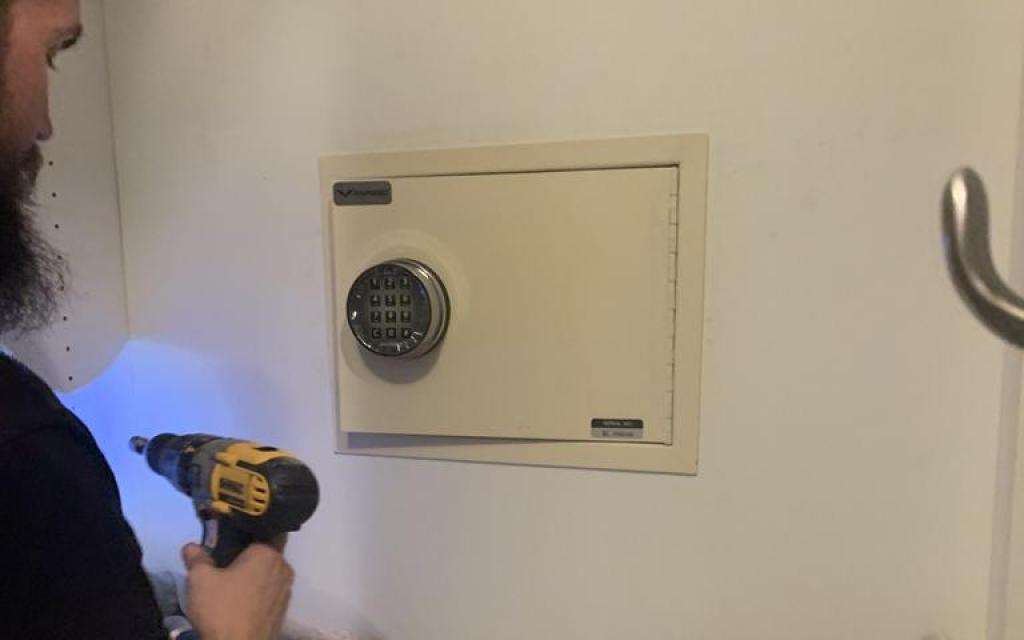
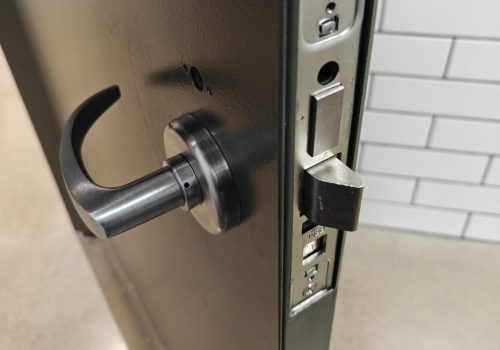

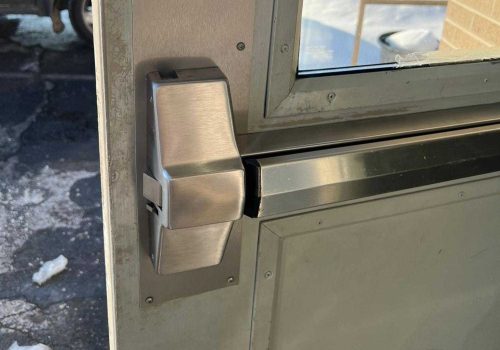
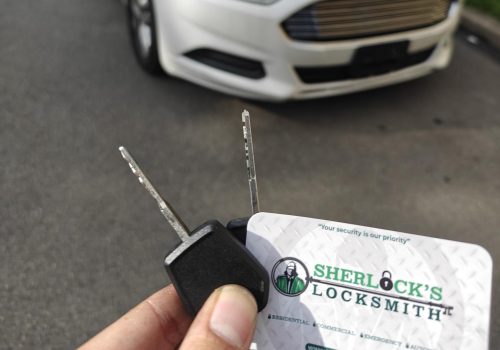
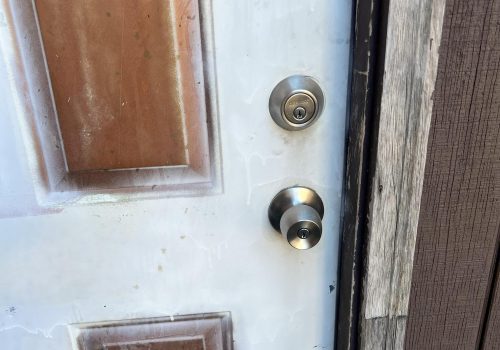
Comments: